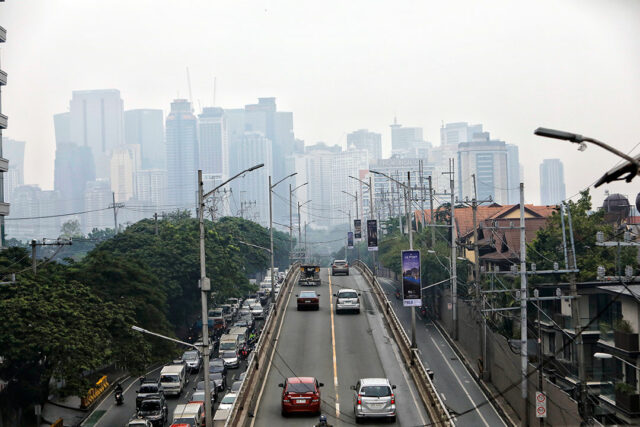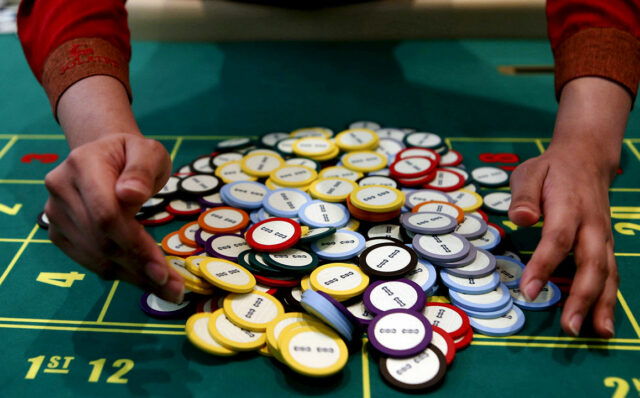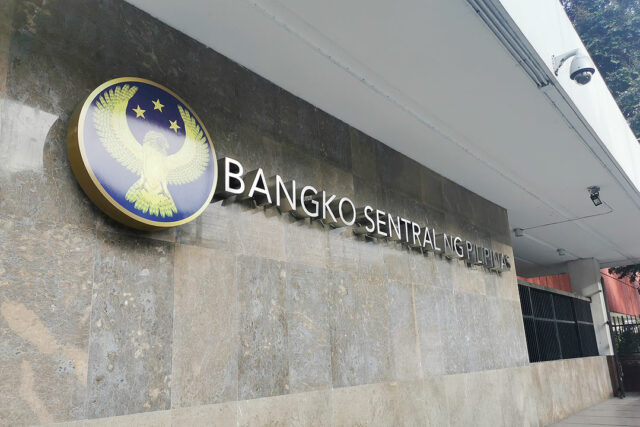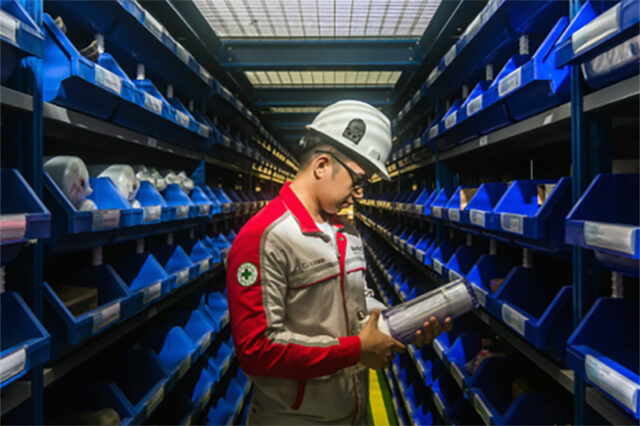Mexican goods worth $1 bln stuck at US border amid migration checks
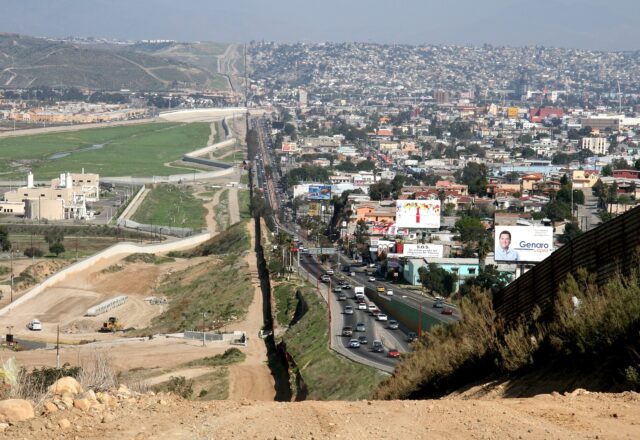
CIUDAD JUAREZ – Trade across the US-Mexican border has been slowed over the past week as US authorities have shut down crossings and imposed extra security checks amid an increase in migration, sparking concern in Mexico.
About 8,000 trailers carrying an estimated $1 billion worth of goods have been stranded on the Mexican side over the past week, said Manuel Sotelo, president of the transport association of Ciudad Juarez, a major manufacturing hub across from El Paso, Texas.
Some companies were sending merchandise through entry points in New Mexico and Arizona to avoid the long wait times at the Texas border, Sotelo told Reuters on Monday.
The delays forced a Canadian snowmobile and off-road vehicle manufacturer to suspend production on Monday and Tuesday at three factories in Ciudad Juarez that employ some 9,000 people.
“Due to the waiting times on the international bridges in Ciudad Juarez, we have had a significant reduction in the volume of units that we can export daily,” the Quebec-based company, BRP, said in a statement.
Jesus Salayandía, a representative of the Mexican industry association Canacintra, said he expected other companies in Ciudad Juarez would announce temporary work stoppages if the long wait times at the border continue.
US border authorities suspended cargo processing at one of El Paso’s international bridges last week to shift officers to process more migrant arrivals.
Some 500 northbound trucks normally cross that bridge each day, though only 40% are carrying cargo into the United States, US Customs and Border Protection said in response to a Reuters request for comment. It added that “suspending services there would have the least total impact on our trade partners.”
Texas authorities also began conducting enhanced vehicle inspections of commercial trucks and trailers at the city’s other two bridges.
The moves prompted Mexico’s foreign ministry to urge US authorities not to take “unilateral measures” complicating trade. Truck drivers in Mexico told Reuters they had to wait hours to clear the bridges.
In addition to the slowdown for trucks and trailers, some 2,400 Union Pacific railroad cars were also stalled after border officials temporarily halted processing at the international railway crossing bridge in Eagle Pass, Texas, on Wednesday.
Union Pacific told Reuters it expected to finish working through the backlog by Tuesday morning. It declined to estimate the financial impact.
Some cargo train service was also disrupted in Mexico, when Ferromex temporarily suspended the operations of some 60 northbound trains last week after about a half dozen migrants were injured or died.
Previous slowdowns at US-Mexico border crossings have resulted in billions of dollars in total losses, according to analyses by the Texas-based economic research group, The Perryman Group.
It estimated that the last such slowdown, in April 2022, represented a daily loss to GDP of $996.3 million dollars. – Reuters




